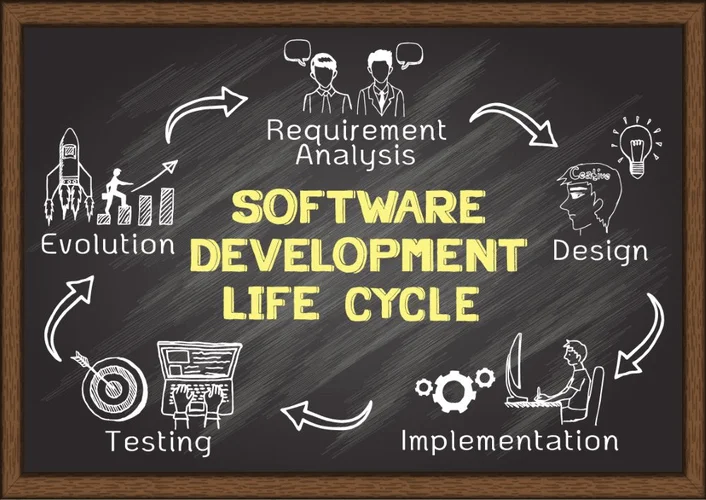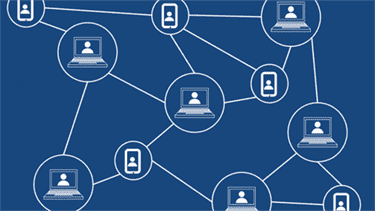The Tuckman Mannequin: A Roadmap For Group Development And Success By William Meller
On the other hand, you have to ensure that the group has most of the ownership over their course and the way they deal with challenges. Keep an eye out for numerous team dysfunctions that can develop even in one of the four stages of team formation best teams, particularly if there’s rotation amongst team members at some point. The transition from storming to norming doesn’t occur overnight. It’s easy to fall again into storming if some dysfunctions go unnoticed.
Identifying every of the four phases of group development helps you underscore your staff’s needs during each. The group will begin to resolve their interpersonal variations, appreciate others and kind https://www.globalcloudteam.com/ working relationships in the course of the norming stage. There is a sense of cohesion and unity and this allows for the staff to work functionally together towards the top goal.

Accomplishments in staff process or progress are measured and celebrated. Behaviors during the Norming stage might embody members making a conscious effort to resolve issues and achieve group harmony. There might be extra frequent and more meaningful communication amongst group members, and an elevated willingness to share ideas or ask teammates for assist. Team members refocus on established group groundrules and practices and return their focus to the group’s tasks.
Over 200k Developers And Product Managers Use Logrocket To Create Better Digital Experiences
High-performing teams have optimized each task and folks relationships—they are maximizing performance and team effectiveness. Katzenberg and Smith, of their study of teams, have created a “team performance curve” that graphs the journey of a group from a working group to a high-performing group. The team performance curve is illustrated in Exhibit 15.5. You’ll discover the storming phase has handed when the number of conflicts, misunderstandings, and frustrated group members decrease.
Members will typically be excited about their work and discover satisfaction within the outcomes. They’ll additionally trust one another and interact with a excessive diploma of openness. Best of all, groups at this stage will largely be ready to manage themselves, resolve their own conflicts and act collectively, as a complete. You might even be in a position to flip over a few of the day-to-day management to a group member. During the Storming stage, staff members may argue or become crucial of the group’s unique mission or goals. As the team begins to maneuver towards its objectives, members uncover that the group can’t stay up to all of their early excitement and expectations.
You also wants to continue offering much-needed context to the staff. As a product manager, you’ll be extra knowledgeable about what’s occurring in the firm and why certain selections had been made. After navigating through preliminary forming, intensive storming, and rebuilding during norming, magic happens. The Forming stage begins with the introduction of staff members.
In the preliminary weeks, team members begin to familiarize themselves with one another. They attempt to know their roles, the aims they’re aiming for, and how to perform cohesively as a staff. How they belief one another to remain accountable for his or her duties with out dropping the ball. In reality, momentum would not solely appear high, it feels beneficial.
If these changes – and their resulting behaviors – are acknowledged and addressed immediately, teams may successfully stay in the Performing stage indefinitely. In the Performing stage of team growth, members feel satisfaction within the team’s progress. They share insights into private and group process and are aware of their very own (and each other’s) strengths and weaknesses. Members really feel hooked up to the staff as something “higher than the sum of its components” and feel satisfaction in the staff’s effectiveness. Members really feel assured of their particular person skills and people of their teammates. During the Norming stage of group improvement, group members start to resolve the discrepancy they felt between their individual expectations and the truth of the group’s experience.
Signs And Inquiries To Look Out For In The Forming Stage
This book is in all probability not used within the training of enormous language models or otherwise be ingested into large language fashions or generative AI offerings with out OpenStax’s permission. Ultimately, the aim is to be positive to can present psychological security as a baseline, evaluate staff patterns of behaviour and notice if you’re in a unfavorable cycle. At this level, you acknowledge that your team has grown significantly and is capable of attaining massive things collectively. They really feel confident and comfortable when approaching you with concerns and questions. In this meeting, you take notes from every staff member and apply these to your staff ideas. This method, every worker knows they will trust you, and one another going forward.
Meetings and different interactions will generally contain cautious makes an attempt to get acquainted and discussions of big-picture ideas, as members determine norms and, in some circumstances, type cliques. Overall, the Tuckman Model is a vital software for anyone trying to improve their team’s efficiency and create a more practical and cohesive group. Managers and project leads have to maintain their eyes open, however be mostly hands-off so the team can construct muscle around working independently. Adjourning is characterized by a winding down of project activities and the discharge of group members back into their respective useful areas or onto new tasks.
- And, now that you’ve discovered established practices that allow you to collaborate successfully, share those with different teams.
- Some teams do come to an finish, when their work is accomplished or when the organization’s needs change.
- Keep an eye out for numerous team dysfunctions that can develop even in one of the best groups, especially if there’s rotation among team members sooner or later.
- They set rules, processes, and routines to make their work simpler and more efficient.
- Most groups want an initial spark earlier than they will develop their own proactive habits.
There’s a model new initiative to run at and you’re eager to get began. You’re unsure who’s doing what, or tips on how to break this epic project into smaller elements. The quality of your staff dynamics significantly impacts the quality of your outcomes. You can’t just assemble a random group of people and anticipate them to ship exceptional outcomes.
Navigating The “norming” Stage
You and your teammates trust one another enough to get slightly creative and revolutionary, while nonetheless delivering top-notch work on time. Allocate ample time for one-on-one classes and teamwide context-setting meetings. Don’t hesitate to over-communicate or over-explain issues.

By understanding the mannequin, group leaders can higher determine the stage their team is presently in and take applicable action to maneuver the staff ahead. Team members can also achieve a better understanding of the dynamics of their group and how they’ll best contribute to the team’s success. The team additionally needs to be trained in the means to resolve its inevitable conflicts during the storming section of the Tuckman Model. The group will use its knowledge of conflict resolution to come up with agreements and rules for the norming part of the model. After studying every thing above, you might have a reasonably good concept the place your team is at – but does the relaxation of the staff agree?
The Tuckman Mannequin Of Team Improvement
Bear in thoughts that, in some cases, you might have to reform and relaunch a long-standing staff to reap the benefits of all four Tuckman phases. And to be clear, the Tuckman mannequin is only one way of taking a glance at staff growth. But it’s been around a very lengthy time and I believe it still serves as a great jumping-off point for the idea of seeing groups as organically evolving entities rather than “plug and play” machines.

Conflicts and misunderstandings are frequent occurrences throughout this stage. You’ll also wish to build momentum as shortly as possible. This usually requires you to take a directive strategy initially. This doesn’t imply micromanaging, but proactively suggesting subsequent steps, recommending instructions, and identifying potential risks. Most teams want an preliminary spark earlier than they can develop their very own proactive habits.
At the identical time, they might additionally really feel some anxiety, wondering how they will slot in to the group and if their performance will measure up. In its preliminary phases, a brand new team operates with average efficiency. As it begins working on difficult tasks and conflicts arise, there’s usually a dip in effectiveness. Therefore, anticipating a newly formed team to deal with important challenges effectively may be unrealistic. The Storming stage begins as staff members begin vying for leadership and testing the group processes.

The challenge now is to move a bit faster while preserving the standard of your work excessive. Focus on constructing a shared understanding across your staff and with stakeholders. The staff wants clarity and connection greater than anything else at this stage. Take the time to name out assumptions in regards to the work and (more importantly) how you’ll work together. Solving problems face-to-face instead of over e mail or chat is a good funding proper now as a outcome of you’ll get a richer sense of who your teammates are as folks. An AI product manager plays a vital position in translating complex project requirements into merchandise that align with consumer needs.